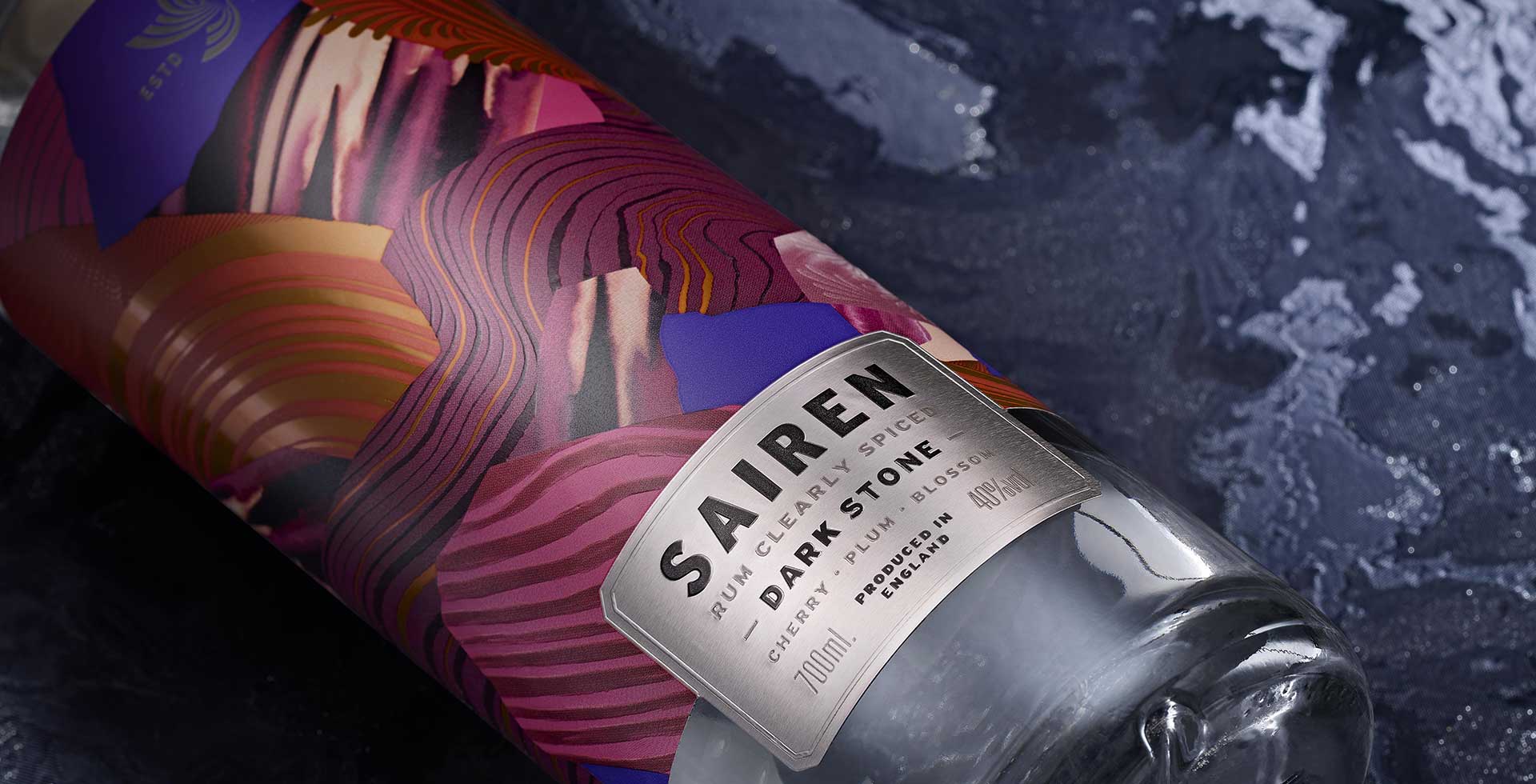When it comes to premium drinks brands, every detail matters. From the exquisite taste to the impeccable packaging, clients understand the significance of creating a captivating experience for their discerning consumers.
One crucial element that adds a touch of elegance and luxury to these products is the label. In this comparative guide, we will explore different options for metal labels with the aim of helping you choose the perfect metal effect for your bottle designs.

Crafted with durability in mind, as a naturally occurring metal, tin labels are durable and therefore can preserve design integrity and messaging over long periods of time – it boasts exceptional corrosion resistance that ensures your bottle continues to captivate customers, even in challenging storage conditions. Tin is often considered for its flexibility that allows labelling to curve around complex curves without creasing.
However, it is a heavier metal at the end of the day, that may compromise a more sleek and lightweight aesthetic. Moreso for those who are prioritising GHG emission reduction may want to review the value of choosing this type of label over lighter weight alternatives – as part of their overall environmental sustainability goals.
Pewter embodies a very distinctive elegance. As an early-day tin alloy, it offers a characteristic silver-grey colour tone that creates an authentic, traditional look of heritage.
Much like tin, this metal alloy offers remarkable flexibility and creates a slightly heightened depth when using embossing / debossing techniques – offering the final design slightly more tactility. Finer details may be compromised on more intricate designs, which is not as well suited for pewter.
Nonetheless, the main draw of pewter is its natural antique allure, which is a draw for brands looking for a more traditional, authentic look.
However, colour control and antiquing finishes could be difficult to manage batch-to-batch therefore compromising consistency. This is great when your brand wants to exude an artisan look as the variation gives a sense of individuality, but an important consideration if brand consistency across mass quantities is more of a priority.
Heavier metals like tin and pewter will be a lot more expensive cost-wise than any of the alternatives we discuss here.
Contrastingly, paper labels combines affordability with opulent aesthetics. Metallised paper labels or paper labels with aluminium foiling are a compelling option for brand owners who seek to make a statement without compromising their budget.
Beyond the cost, paper labels are favoured as they give a contrasting tactile effect to the sleek, shiny gloss of a glass bottle – delivering a more balanced overall look. These labels seamlessly blend the versatility of paper with the alluring reflective metal effects, resulting in a mesmerising contrast effect.
A few considerations:
Introducing Signet’s Marque™ labels—an exclusive and exceptional solution for brand owners who refuse to settle for anything less than perfection. Although we admit our obvious bias here – it is not unfounded – and we’ll confidently demonstrate this when you request your next Marque™ sample pack from us.
These self-adhesive aluminium labels are a lightweight alternative and combine the positive attributes of metal labels like: durability, flexibility and heightened tactility through embossing techniques, with control over consistency, thickness and better versatility of finish and colour.
Let’s explore this a little:
Of course, some may say the pitfall is that Marque™ is exclusively available at Signet and that combined with its unrivalled quality and prestige may result in higher costs. That’s not the case.
Though paper labels will be a cheaper alternative, this isn’t really a like-for-like comparison. Paper offers one aesthetic, and metal labels offer advantages that are likewise incomparable. As Marque™ is an aluminium alloy, it comparably will be cheaper to other metal alternatives.
Ultimately, it is about choosing a label material that aligns best with your brand’s vision and aspirations, and how much it can help communicate and extend a brand’s story.
If you’d like to talk to us more about it – we’re ready when you are.

We’d love to find out more about your product or brand and we’d be delighted to arrange a consultation to discuss your product embellishment needs – simply fill in the form and we’ll be in touch.
Alternatively, give us a call on 01733 396080